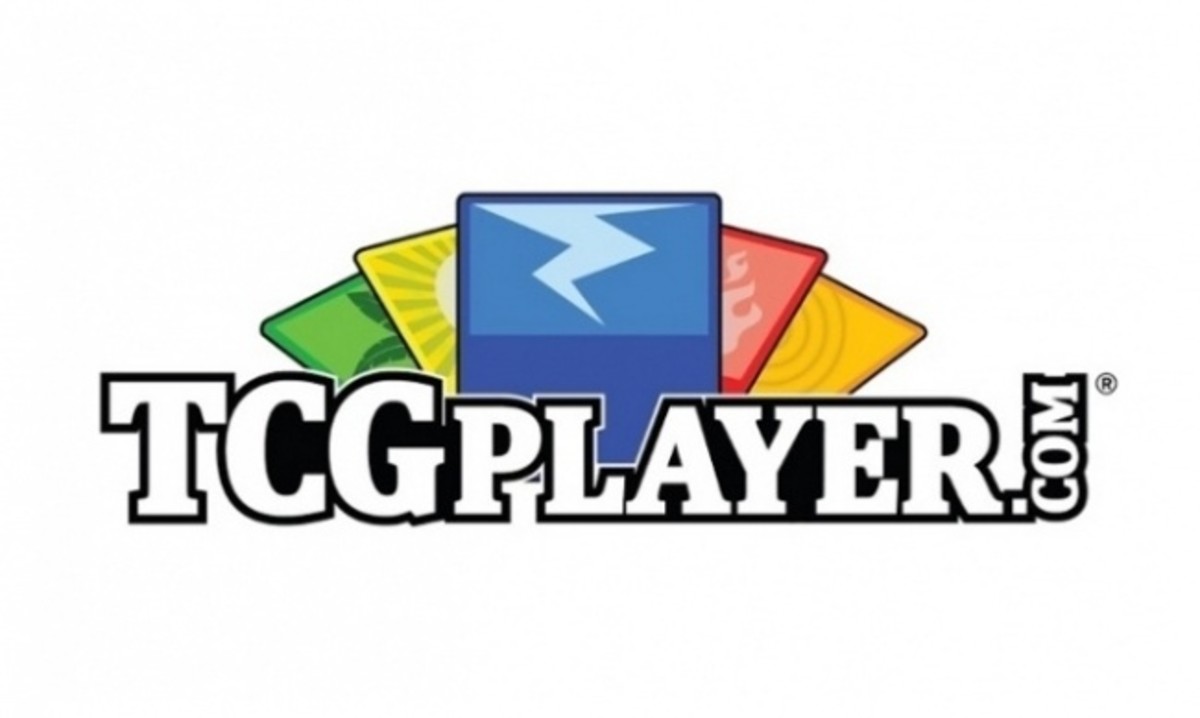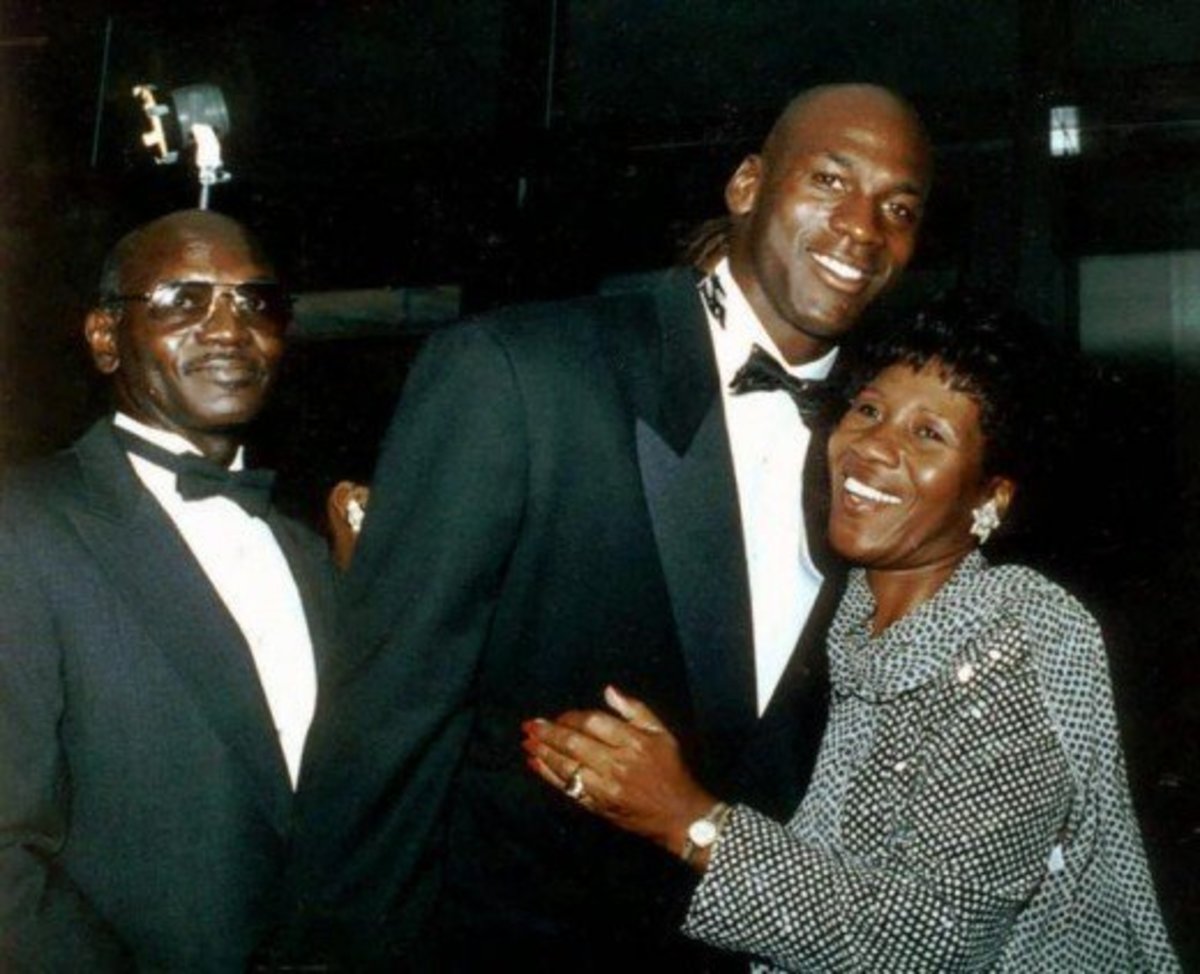Sell Sports Memoribilia
Trading Cards
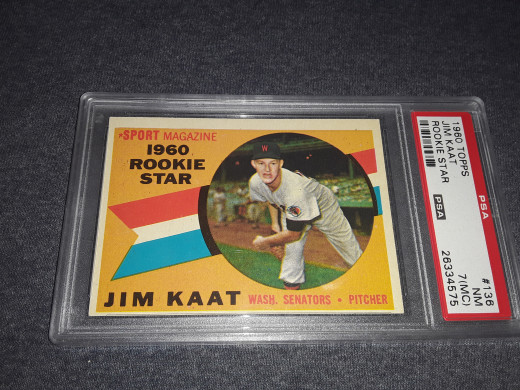
Trading Cards
What started in the late 1900s in the sport of baseball has become a phenomenon encompassing almost all sports, the trading card. They usually are a size that can be handheld, display a sports figure's image, along with up to that year's statistics. Older cards that were made before the advent of sports photography were drawn or painted images. The back normally has statistics.
The older the card usually means its value is higher in the trading world. In the 1980s companies started overprinting cards to increase profits. This resulted in a reduced resale value.
The name of the player being highly recognizable increases the value of the card. An ol Babe Ruth card would fetch a significant amount more money than a big name modern era player such as Derek Jeter.
Autographed cards are of course worth more. If an autograph is sent to a certification company and they believe it is not fake, the value increases quite a bit. Fake autographs which are quite common, actually decrease a card's value as someone has just marked on the card and reduced is condition.
Card grading is important as well. They are sent to a company that examines a card for wear and tear and give it a grading, usually 1-10 can increase a card's value. A grading of 10 of course, makes the card more valuable. In the photo above, the card is encased in it's "PSA Grading" container. Looking at the image of the card above, you can see the company has graded it "NM" or Near Mint, with an "MCI" and a number next to it. MCI means miscut. It was chopped off the sheet slightly off kilter. & being a fairly good overall card.
The rarity of a card is also important. Like I mentioned earlier, in the 80s cards were printed sometimes in the hundreds of thousands. This supply side increase reduced their value to collectors. Different card companies print different amounts.I find Topps card maker to be one of the better ones on that account.
A miss Print card can be a huge win-fall for someone. There's a card out there for Brett Favre's rookie year, that is spelled "Farve." It's worth more.
Andrew Luck Signed Football
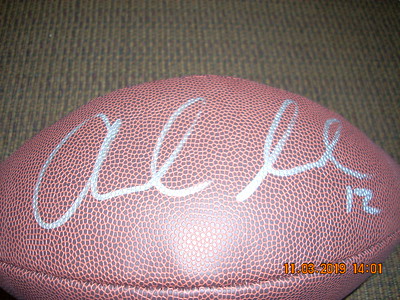
Autographed Equipment
Any jersey, glove, ball, bat, cleat, or anything related to a sport can be signed and thus become a collectible. above shown is an autographed ball by Andrew Luck, a popular quarterback for the NFL's Indianapolis Colts team. he put up good numbers for his team for many years and was a league favorite. The football was worth nothing until he signed it. Now it is a collectible. Balls signed at the stadium are usually indicative of an event such as the day a record was broken, or a big playoff win happened. That makes the equipment special. Fans and traders alike seek those out. They fetch a good price. For example: A collector in 1999 paid $3 million for Mark Mccguire's 70 in a season home run ball. That's Money! Many players line up at autograph tables and sign item after item, so not all autographs are worth very much. An Andrew Luck ball will probably fetch $100.
Ken Griffey Jr. Figurine
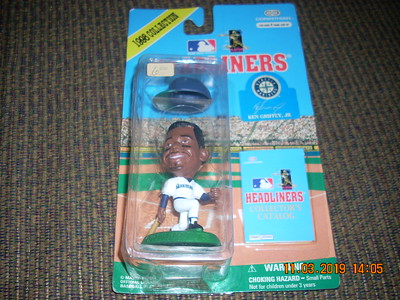
Toys
An interesting niche market has appeared in sports collections. Toys have become popular over the decades. They are licensed by the leagues, teams and players themselves to toy makers. Shown above is a typical figuring of baseball great Ken Griffey Jr.. He fielded and batted at the top of the league in his time, so he got his own Doll! You know you've made it when you see your own Bobble-head on someone's dash at a stoplight. These items don't resell for much but if held onto for a long time they can. If a player makes it to the Hall Of Fame, they usually go up in value just like the cards and autographs. Not much else need be said about them though. If you buy one still in the package, keep it unopened. They'll retain value more.
Well folks, thanks for reading this. If I missed any important tips on collecting sports memoribilia, please let me know in the comments.
© 2019 Portamenteff




